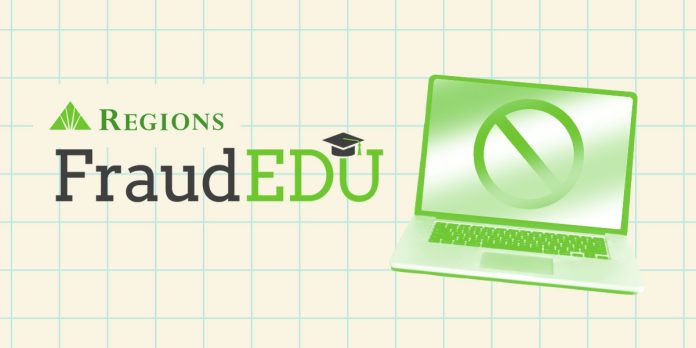Fraudulent texts claiming you owe unpaid tolls are on the rise – and they’re becoming more and more convincing.
These scams, known as “smishing,” use fake links to trick you into revealing personal or financial information. The fraudulent messages are designed to look urgent and official, often claiming you’ve missed a toll payment and must act immediately to avoid late fees or penalties. These texts can be alarming–however, staying alert and knowing what to do can help you avoid becoming a victim.
What Are Toll Scams?
Toll scams are fake messages that falsely claim you’ve missed a toll payment. They often include a link to a fraudulent website and demand immediate payment, sometimes threatening fines or legal action.
“When you receive one of these text messages, you might remember going to the beach and maybe passing through a toll booth, but you’re not 100 percent sure,” said Jeff Taylor, head of Commercial Fraud Forensics. “Take caution and verify the receipt of an authorized letter confirming whether you really owe anything. Our experience is that, if you do, you’ll get a notice in the mail – not some random text. So, there’s really no reason to click the link that came out of the blue.”
The FBI has received nearly 2,000 complaints about toll scams in the past year, and cybersecurity researchers have uncovered more than 10,000 domains created for this specific type of fraud.
“These messages are designed to trigger a quick emotional response—concern, urgency, even guilt—so you’ll click before thinking,” explains Taylor. “It’s normally a small dollar amount, but when a victim pays, they have your information and your credit card number. Once they are successful, the chances are pretty good they will come back and hit you again.”
Five Steps to Stop Toll Scam Trolls
If you receive a suspicious toll-related text, don’t panic—but don’t ignore it either. Follow these five steps to protect yourself and help stop the scammers in their tracks.
- Report the message to the FBI’s IC3
Visit www.ic3.gov to file a complaint. Include the number that texted you and the link they provided. - Verify the claim through official channels
If you’re unsure whether a toll is actually due, log in to your account directly on the official website of the tolling authority—not through any link in the message. - Contact customer support
Use the toll service’s verified contact info to double-check any alleged violations. - Delete suspicious messages
If you receive a message that seems off, don’t click anything. Just delete it. - Act quickly if you clicked or paid
If you entered any personal or financial info, notify your bank immediately, monitor your accounts closely, and dispute any unfamiliar charges.
Stay Vigilant
“Listen to the FBI,” said Kimberly Reece of the Regions Fraud Prevention Customer Advocacy team. “If you get one of these toll scam texts, report and delete. Remove the threat from your phone and help law enforcement put an end to these criminal actors.”
For more tips on how to protect your identity and finances, visit regions.com/STOPFRAUD.
Don’t miss out! Subscribe to our email newsletter to have all our smart stories delivered to your inbox.



